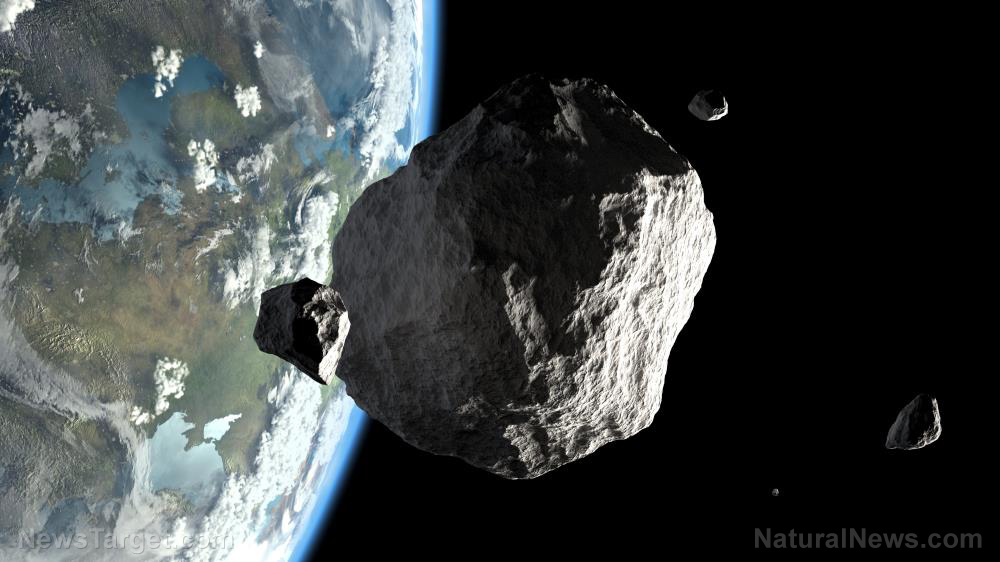
Advertisement
NASA is investing in optical mining technology that will make it easier for resources to be extracted from the moon and, potentially, asteroids.
NASA, through its Innovative Advanced Concepts (NIAC) program, will begin exploring the feasibility of developing technology that combines robotic rovers with mining tech that could turn mining in space from a science fiction concept into a reality. NASA believes that this can help them establish a long-term manned presence on the moon.
In order to do this, NASA, through NIAC, has green-lit research into two potential technologies: one that could help them map out potential mining locations, and another that could actually help mine those places.
The first of these technologies, a proposal known as Skylight, would study the deployment of lunar rovers capable of creating 3D models of craters and other rock formations. These models could then help NASA determine whether a certain area on the moon or on an asteroid is worth mining. Skylight rovers would also be equipped with technology that can help scientists gain proper insight into the morphology of craters. This could help NASA figure out if human or robotic missions can be sent to the area to conduct more detailed surveys. (Related: Sci-fi in real life: Scientists propose building a space station INSIDE an asteroid and using its gravity to mine valuable space rocks.)
The second potential technology, known as Mini Bee, involves a proposal for an asteroid mining method known as optical mining, which would concentrate sunlight onto an asteroid. This process would theoretically break down the surface of the asteroid and generate debris, which will then be collected into an inflatable bag. According to the Mini Bee developers, they are hoping to use this technology to generate propellant in space, thereby reducing the amount of fuel NASA needs to bring during launches and possibly, even extending the length of space missions.
NIAC has given both potential technologies two years to research and fully flesh out their concepts. They are hoping that their technology can at least be transferred to private industry or to government use for further development and implementation.
Space mining at what cost?
While reaping many of the benefits found in space seems like a great idea, many experts are warning against depleting the resources of the solar system. With NASA estimating that the resources in the solar system could be worth trillions of dollars, it’s no wonder that space agencies and private firms around the world are actively looking to develop space mining technologies.
Experts, however, believe that “large swathes” or more than 85 percent of the solar system, should be preserved as a “space wilderness,” in order to protect planets, moons and other solar areas from rampant, unchecked mining and other forms of industrial exploitation. According to experts, this still leaves around an eighth of the solar system open for space agencies and future space mining firms to extract metals and precious minerals.
In a study published in the journal Acta Astronautica, researchers believe that, assuming the whole solar system is within reach for exploitation, with normal unregulated exponential growth, it would take humanity just 400 years to drain all the planets, moons, asteroids and other heavenly bodies of their resources.
This study proposes that there are many ethical and practical considerations and questions when it comes to extracting resources from outer space. With NASA funding the development of two technologies that can potentially make mining the moon or an asteroid a reality, those questions and considerations need to be dealt with immediately.
Sources include:
Advertisement
Advertisements
















